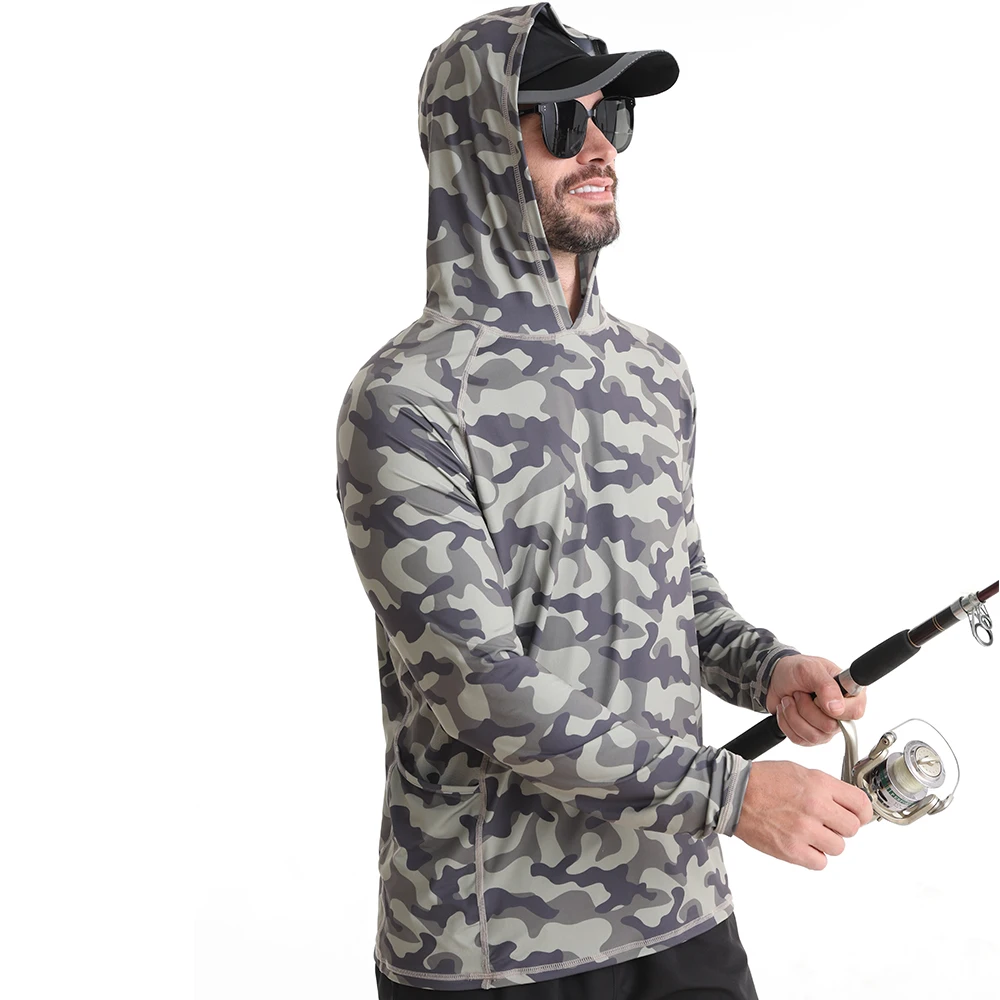about
PRODUCTS
1."How to Choose the Right Life Jacket for Your Water Activities"
Understanding Life Jacket Types and Their Buoyancy
Not all life jackets are created equal. They are categorized based on their buoyancy, intended use, and design features. The U.S. Coast Guard (USCG) approves and classifies PFDs, designating them with Type I, II, III, IV, and V. Type I, often called an offshore life jacket, provides the highest level of buoyancy and is designed to turn an unconscious person face-up in the water. They are bulky but offer superior protection in rough conditions. Type II, near-shore buoyancy vests, offer good buoyancy but may not turn an unconscious person face-up. They are generally more comfortable than Type I and suitable for calmer waters. Type III, often known as a flotation device, is the most common type, offering good buoyancy and comfort for many activities. They are generally less bulky than Types I and II. Type IV, throwable devices like ring buoys or cushions, are intended for rescue purposes and aren't worn. Finally, Type V, special-use devices, encompass a wide range of specialized PFDs designed for specific activities, such as kayaking or whitewater rafting.
The buoyancy of a life jacket is measured in pounds of flotation. This is crucial; a life jacket needs sufficient buoyancy to keep you afloat, even if you're unconscious or injured. Check the label to ensure the PFD meets the minimum buoyancy requirements for your intended activity and body weight. Remember, children and individuals with limited swimming ability require higher levels of buoyancy and potentially a different PFD type than proficient swimmers.
Choosing the Right Size and Fit
A life jacket that doesn't fit properly is essentially useless. A life jacket that is too large will ride up and potentially restrict movement, while one that's too small won't provide enough buoyancy or support. Always check the manufacturer's size chart and ensure the PFD fits snugly. It shouldn't be so tight as to restrict breathing or movement, but it should also not be loose enough to shift around your body.
Look for adjustable features such as straps and buckles to fine-tune the fit. Many life jackets incorporate multiple adjustment points to ensure a secure and comfortable fit for a variety of body shapes and sizes. Make sure all straps are properly fastened before entering the water. Test the fit by bending, twisting, and reaching to make sure the life jacket stays in place and doesn't restrict movement.
Considering the Activity and Conditions
The type of life jacket you need depends heavily on the water activity you'll be participating in. Kayaking or canoeing on calm waters may only require a Type III PFD, but whitewater rafting or offshore boating demands a Type I or a specialized Type V designed for the specific activity. Similarly, the water conditions play a significant role. Rough seas and cold water demand more buoyancy and potentially added features like a hood or thermal protection.
For activities involving high speeds or potential impacts, consider life jackets with added features like extra padding or impact-absorbing materials. For colder water, consider a life jacket with thermal protection or an integrated hood to reduce the risk of hypothermia. Always choose a PFD appropriate for the expected weather conditions and water temperature.
Checking for Quality and Features
Look for life jackets from reputable manufacturers with a good safety record. Check for the USCG approval label, which indicates that the PFD meets minimum safety standards. Inspect the stitching, zippers, and buckles to ensure they are secure and in good working order. Avoid purchasing a used life jacket unless you're certain it's in perfect condition and has not been involved in an accident.
Consider additional features that might enhance comfort and safety. Some life jackets feature reflective strips for increased visibility at night or in low-light conditions. Others include pockets for storing small items, whistles for signaling for help, or even integrated lights. These features can improve both your safety and convenience.
Maintenance and Storage
Proper maintenance is essential for ensuring the longevity and effectiveness of your life jacket. Rinse it with fresh water after each use to remove salt, sand, or other debris. Allow it to air dry completely before storing it in a cool, dry place away from direct sunlight or excessive heat. Regularly inspect your life jacket for any signs of wear and tear, such as frayed straps, damaged buckles, or rips in the fabric. Replace your life jacket if it shows any signs of significant damage or if it's older than its recommended lifespan (typically 5-10 years, depending on the manufacturer and use).
By carefully following these guidelines, you can choose the right life jacket for your water activities, significantly improving your safety and peace of mind. Remember, a life jacket is your most important piece of safety equipment on the water. Don't compromise on quality or fit. Your life depends on it.
SUBSCRIBE
INQUIRY





